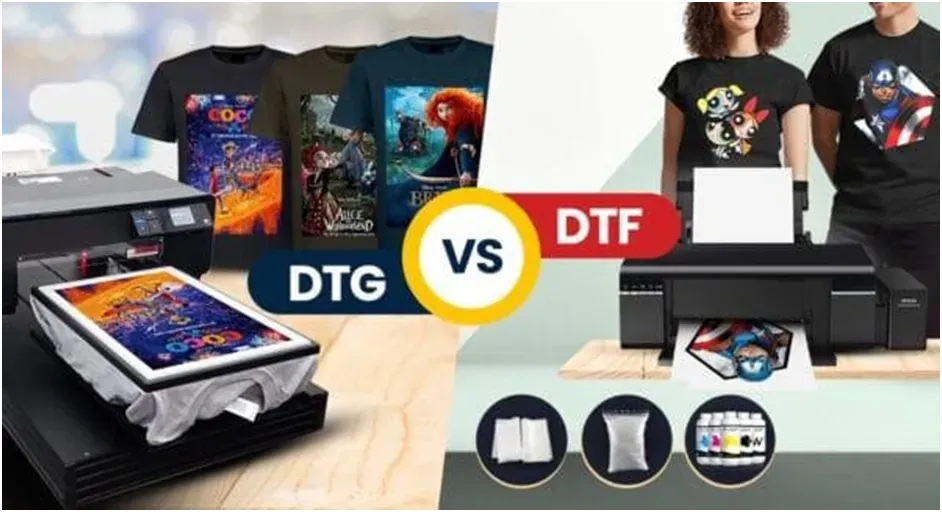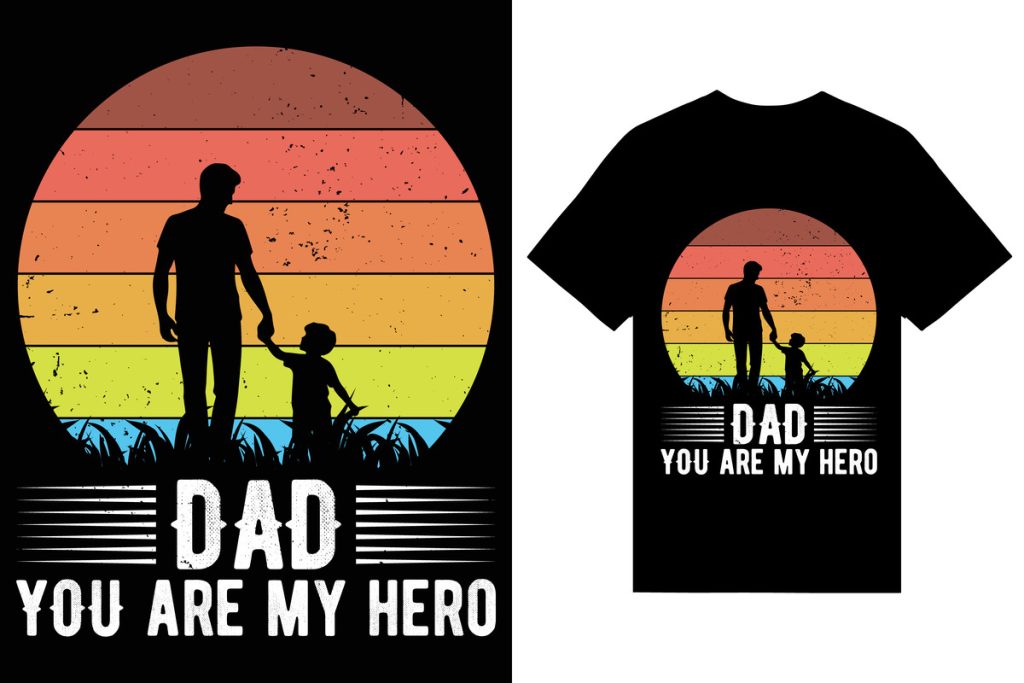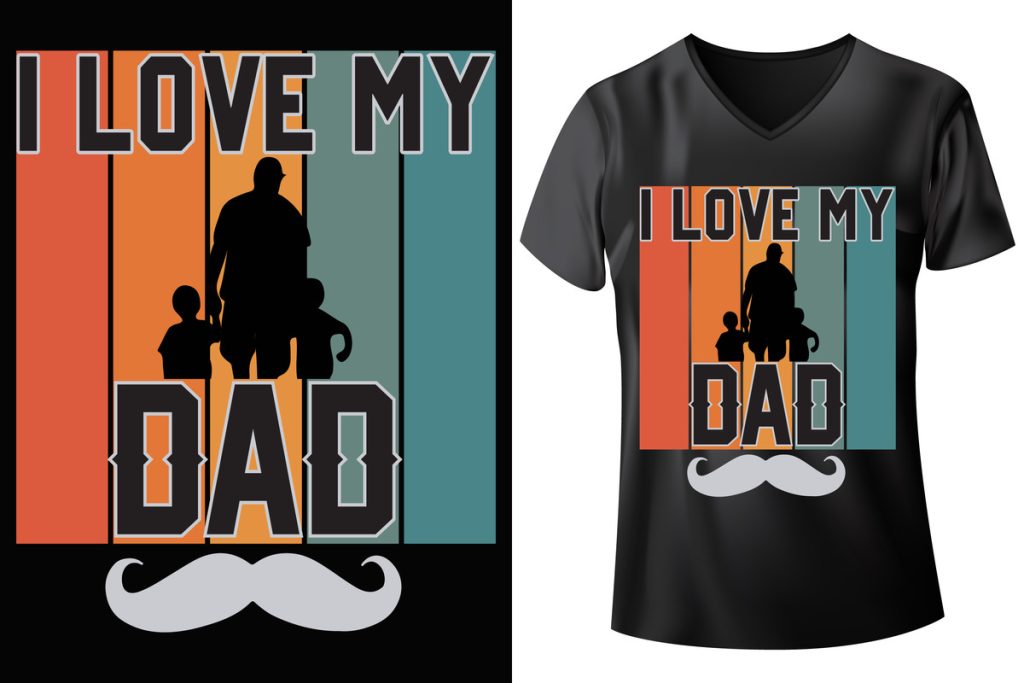In the rapidly evolving landscape of custom apparel, understanding DTF vs DTG printing is essential for any business owner looking to thrive. Direct to Film (DTF) and Direct to Garment (DTG) printing represent two of the most popular methods in today’s garment industry, each boasting unique advantages and capabilities. DTF printing excels in versatility, allowing for designs to be applied on various materials, while DTG printing shines in producing intricate, high-quality images directly onto fabric. As you dive into the printing methods comparison, it’s crucial to consider which option aligns better with your business needs, especially regarding production volume and desired quality. With both methods offering compelling benefits, understanding their differences is key to making an informed decision that can enhance your product offerings and meet customer demands.
When it comes to custom clothing production, two leading techniques—Direct to Film and Direct to Garment printing—are often at the forefront of industry discussions. Both methods stand out for their distinct printing approaches and outcomes, catering to different business needs in the apparel sector. DTF, which involves printing onto a special film before application, allows for greater adaptability across various fabric types, while DTG utilizes advanced inkjet technology to deliver vibrant, detailed designs directly onto garments. In exploring this printing methods comparison, businesses can better assess their operational goals and the benefits of these two innovative techniques. Navigating through the intricacies of DTF and DTG will ultimately empower brand creators to select the most suitable printing solution.
DTF vs DTG Printing: A Comprehensive Overview
Understanding the nuances between DTF (Direct to Film) and DTG (Direct to Garment) printing is crucial for businesses looking to invest in custom apparel production. Both methods serve unique purposes, leveraging advanced technology to produce high-quality prints. DTF printing is primarily based on transferring designs from a film onto various fabrics, making it versatile for different types of garments. Conversely, DTG printing prints directly onto the fabric, ideal for detailed artwork and vibrant color production.
The choice between DTF vs DTG depends on various factors, including material compatibility, desired print quality, and production volume. While DTG printing shines in detail and artistry, making it preferable for small custom orders, DTF holds an advantage in adaptability, being suitable for both light and dark materials. Businesses must consider these aspects when selecting the best printing method to align with their branding and operational needs.
Frequently Asked Questions
What are the main differences between DTF vs DTG printing?
DTF (Direct to Film) printing involves printing designs on a special film that is heat-pressed onto garments, making it versatile for various fabrics. In contrast, DTG (Direct to Garment) printing directly applies ink on fabric, ideal for detailed designs. The choice depends on factors like design complexity and material types.
Is DTF printing better than DTG printing for durability?
Yes, DTF printing generally offers superior durability compared to DTG printing. DTF prints hold up well after multiple washes, resisting fading and cracking, making them suitable for high-demand products. DTG, while offering high-quality visuals, may not perform as well in terms of longevity.
Which printing method is faster, DTF vs DTG printing?
DTF printing is typically faster once the films are prepared, allowing for quicker production times, especially in bulk orders. Conversely, DTG printing can be slower due to its direct application process, particularly for larger quantities.
What type of designs are best for DTF printing compared to DTG printing?
DTG printing excels with intricate, high-resolution designs that require a lot of color detail, making it perfect for artistic applications. On the other hand, DTF printing is more versatile, handling both simple and complex designs well, especially across various fabric types.
How do costs differ between DTF vs DTG printing for small businesses?
For small businesses, DTG printing often has lower initial costs for smaller batches, as it eliminates the need for transfers. However, DTF can be more cost-effective for larger production runs, despite a higher upfront investment, due to faster production speeds.
Which printing method should I choose: DTF vs DTG for my custom apparel business?
Your choice between DTF and DTG printing should depend on your business goals. If you require speed and versatility for high volumes, DTF is a strong option. For high-quality, detailed artwork with lower quantities, DTG may be more suitable.
| Printing Method | Description | Quality and Detail | Production Speed | Durability | Best For |
|---|---|---|---|---|---|
| DTG (Direct to Garment) | Prints directly on fabric using advanced inkjet technology. | High-resolution images with excellent vibrancy, preferred for intricate designs. | Slower production speed, ideal for smaller custom runs. | Quality prints, but may fade or crack over time. | Artisan brands and custom, high-detail apparel. |
| DTF (Direct to Film) | Prints designs on film, then heat-pressed onto garments. | Very good print quality, durable and versatile across various materials. | Faster production speeds for larger runs after films are created. | Superior durability, withstands multiple washes without significant fading. | Businesses focusing on speed and a wide range of materials. |
Summary
DTF vs DTG printing presents two distinct avenues for businesses in the custom apparel industry. The choice between these printing methods depends primarily on your specific needs, including the type of designs you wish to produce, your target market, and production requirements. DTF printing tends to excel with versatility and durability, making it ideal for bulk orders and a variety of fabrics. In contrast, DTG printing stands out for its high-resolution detail and vibrant color quality, appealing to those who prioritize artistry. Ultimately, businesses may benefit from considering both methods to meet diverse customer demands while enhancing their competitive edge.



